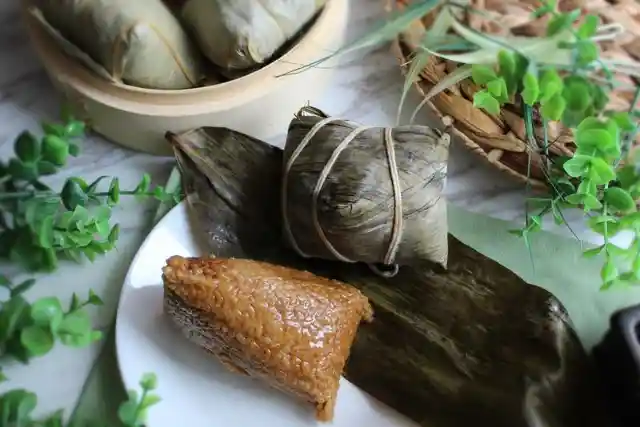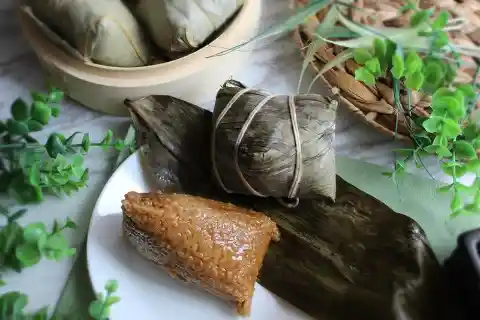The use of banana leaves in the kitchen is not new. It is part of the culinary tradition and culture of many countries. Before the wonders of modern refrigeration were discovered, people in tropical places used to cook and wrap food in banana leaves to keep it from deteriorating. There is a reason for steaming, boiling, frying, baking, or grilling foods in banana leaves as well. The leaf wrap keeps food from being burned on an open flame. Also, wraps retain heat and allow food to cook in its own juices. These vibrant green, fresh leaves give the finished meal a fragrant, somewhat sweet flavor.
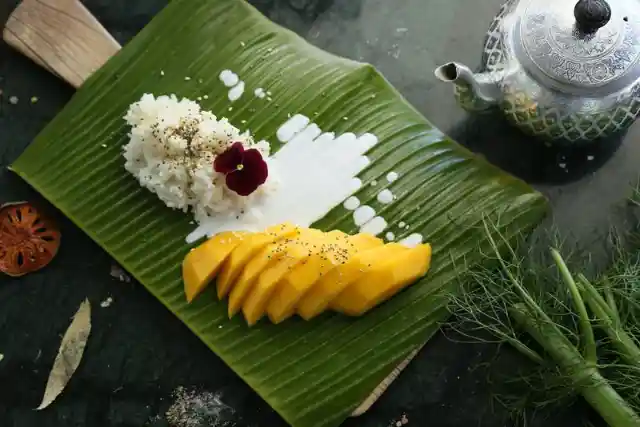
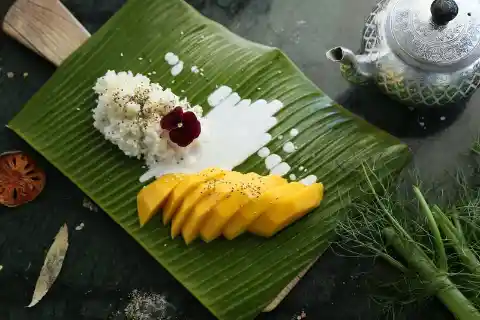
Banana trees are indigenous to Asia. Later, it moved to Africa and then the Americas. It is essentially cultivated everywhere in the tropical and subtropical zones. Its leaves are big, flexible, stick-free, and waterproof. For thousands of years, Southeast Asians have not only cooked their meals in banana leaf wrappers, but they have also utilized plants as construction materials, musical instruments, and contraceptives.
How to cook with banana leaves?
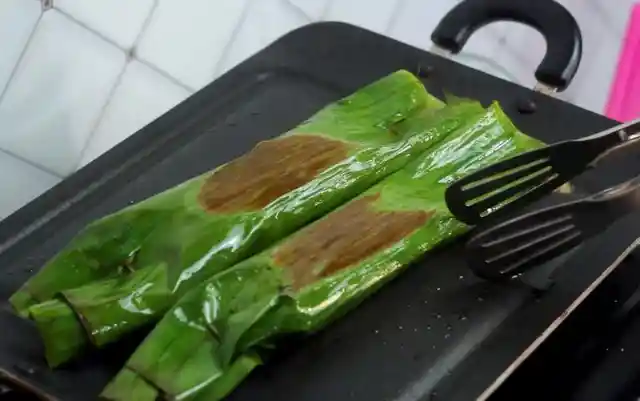
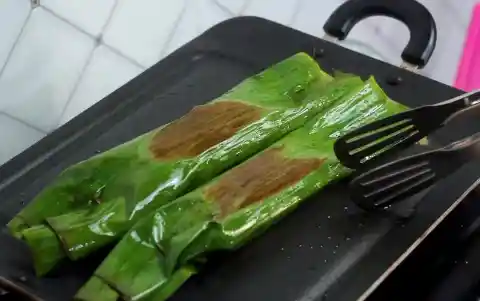
Banana leaves are used in cooking despite the fact that they are not edible. It is used in practically every culinary preparation. Steaming: It's surprisingly easy to steam food in banana leaves. Steamed foods with banana leaves are common, allowing for zero-oil cooking. Banana leaves are rich in polyphenols, which are naturally occurring antioxidants that may be found in many meals made from plants. Food absorbs polyphenols when cooked in banana leaves, which are claimed to protect a variety of lifestyle disorders. The banana leaf can also retain liquids, making it the ideal packaging for cooking vegetables, fish, and chicken. Baking: Banana leaves are quite non-stick which makes them a good replacement for butter papers. Bibingka is prepared in the Philippines in this manner. Bibingka is a rice and coconut cake made in a cake pan lined with banana leaves. Grilling: The banana leaf keeps the food from sticking to the grill. Additionally, because the leaf is living and porous, it gives a pleasant sweet and smokey flavor that metal foil is unable to. Put a piece of banana leaf on your grill, then cook your food over it as you would with tin foil. As you cook, the banana leaf first turns a beautiful green color before turning brown. Fermentation: Banana leaves are also an excellent source of aerobic fermentation for some meals. It facilitates air circulation while preserving the food and allowing natural fermentation to occur. This is how the African delicacy Kenkey, which is made of maize dough fermented in banana leaves, is prepared. Nem Chua, a traditional Vietnamese dish, is made by fermenting pork meat in a banana leaf. Banana leaves are also used to cover cocoa as it ferments. Utensils: Banana leaves are commonly used to serve meals in India's southern states. They are not only cost-effective, but they also eliminate the need to wash extra cutlery. Banana leaves are cleaned well before being dried and used as a plate to serve various foods. They make wonderful appetizers or finger food platters. Make banana leaf boats or bowls with skewers, toothpicks, or staples to serve salads, rice, fish, or other meals with little liquid. A banana leaf can also be torn into pieces and used to line a platter, serving dish, or bowl. Packaging: Many traditional and regional dishes were stored in banana leaves. These thick, glossy leaves retain moisture and do not decay rapidly, making them an excellent food saver. The leaves' elasticity makes them ideal for packing. It is waterproof, does not leach chemicals into the food, and once the consumer is finished with the packing, the leaves are biodegradable, lowering the need for single-use plastics significantly.
Famous dishes made using banana leaves around the world
Grilled fish: Traditional preparations involve wrapping fresh fish in banana leaves before grilling or steaming it. The fish may be seasoned or marinated. Fish is marinated in the spice paste and wrapped in leaves before being grilled for the meal known as "ikan Bakar" (burned fish). In the Central African meal Liboké de Poisson, fish is marinated in spices, wrapped in banana leaves, then grilled or baked in an oven.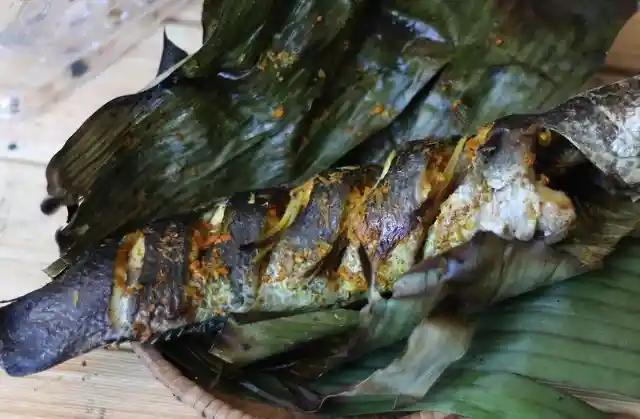
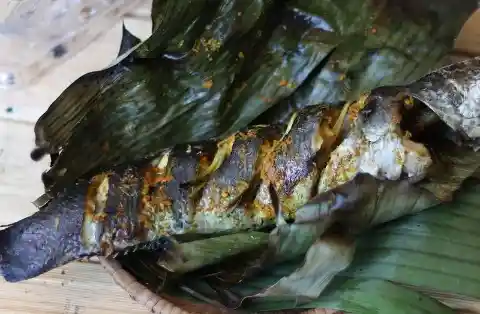
Tamales: Tamales, a tropical Mexican and Central American delicacy are wrapped with banana leaves, which lend a distinct flavor than corn husks. Latin American pasteles are usually wrapped in banana leaves, just like tamales. A similar meal may also be found in Puerto Rico. Their version includes taro, cassava, yauta, green bananas, and pork. Yucan or plantain-based log-shaped tamales known as guanimes are cooked in banana leaves.
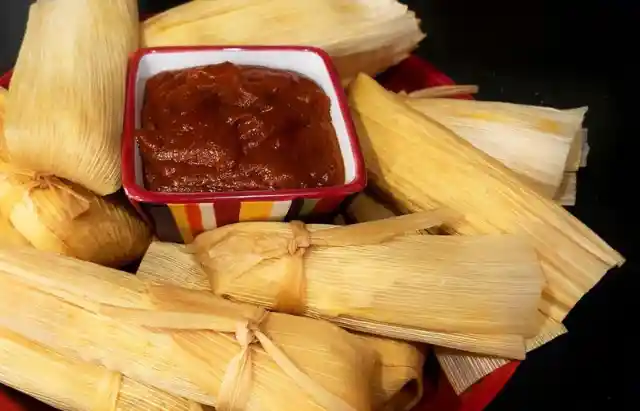
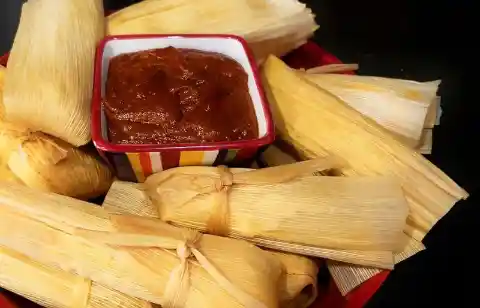
Steamed fish: The Malay fish cake, Otak Otak, is steamed using banana leaves. Bengal, India's Machcha Patropoda is a delicacy made of cooked, marinated fish wrapped in banana leaves. Another Keralan-inspired Indian cuisine, Karimeen Pollichathu (fish fry in banana leaves), is made with seasoned fish that is fried, wrapped in leaves, and then further steamed for flavor. A common holiday and wedding meal among Indian Parsis or Zoroastrians is patrani macchi (fish in leaves).
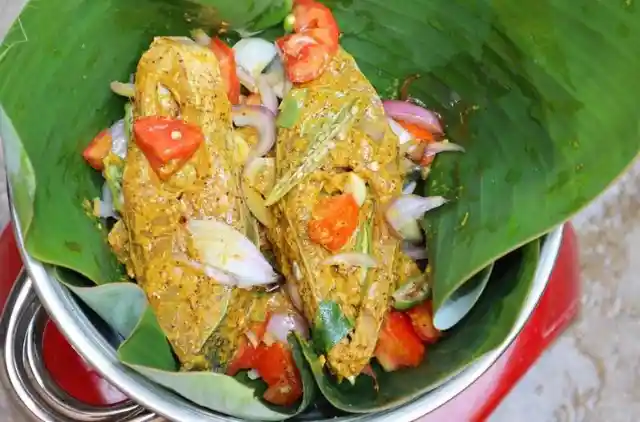
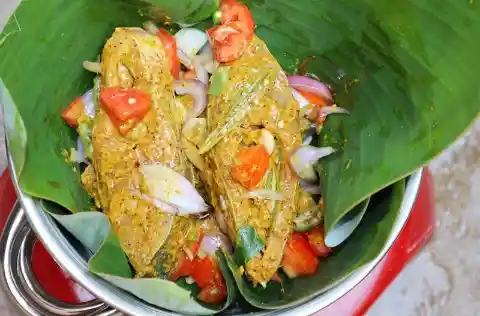
Desserts: The Malay, Singaporean, and Indonesian cuisines all feature a lot of steamed sweets and savory foods. Some kuih variations are wrapped in banana leaves and steamed or grilled. They include grated coconut, gula melaka (palm sugar), and rice flour or glutinous rice. Some steamed kway recipes call for mung bean powder, tapioca flour, and pandan leaf essence. A delicious dumpling with a pyramidal form called Kuih Kochi is wrapped in a leaf. Kuih Bongkong is a cylindrical sweet dumpling that is cooked in banana leaves and consists of rice, palm sugar, and tapioca.
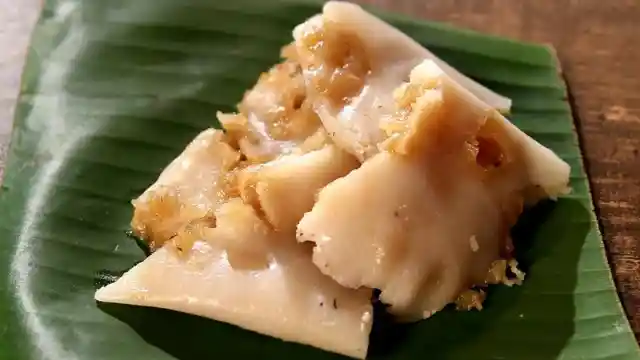
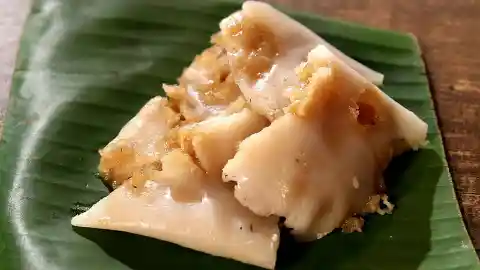
Sticky rice: Banana leaves are used to steam both savory and sweet sticky rice recipes. Popular dishes include Indonesia's Lemper Ayam and Thai cuisine's Khao Dome (Coconut Sticky Rice) (Sticky Rice with Spiced Chicken). Rice gets a second dose of flavor: first from the wrapper, then again from the filling. The banana leaves give off their herbaceous, almost minty fragrance to the rice. In many regions of Southeast Asia and China, you may find bundles of glutinous rice wrapped in banana leaves with a variety of fillings to suit local preferences.
